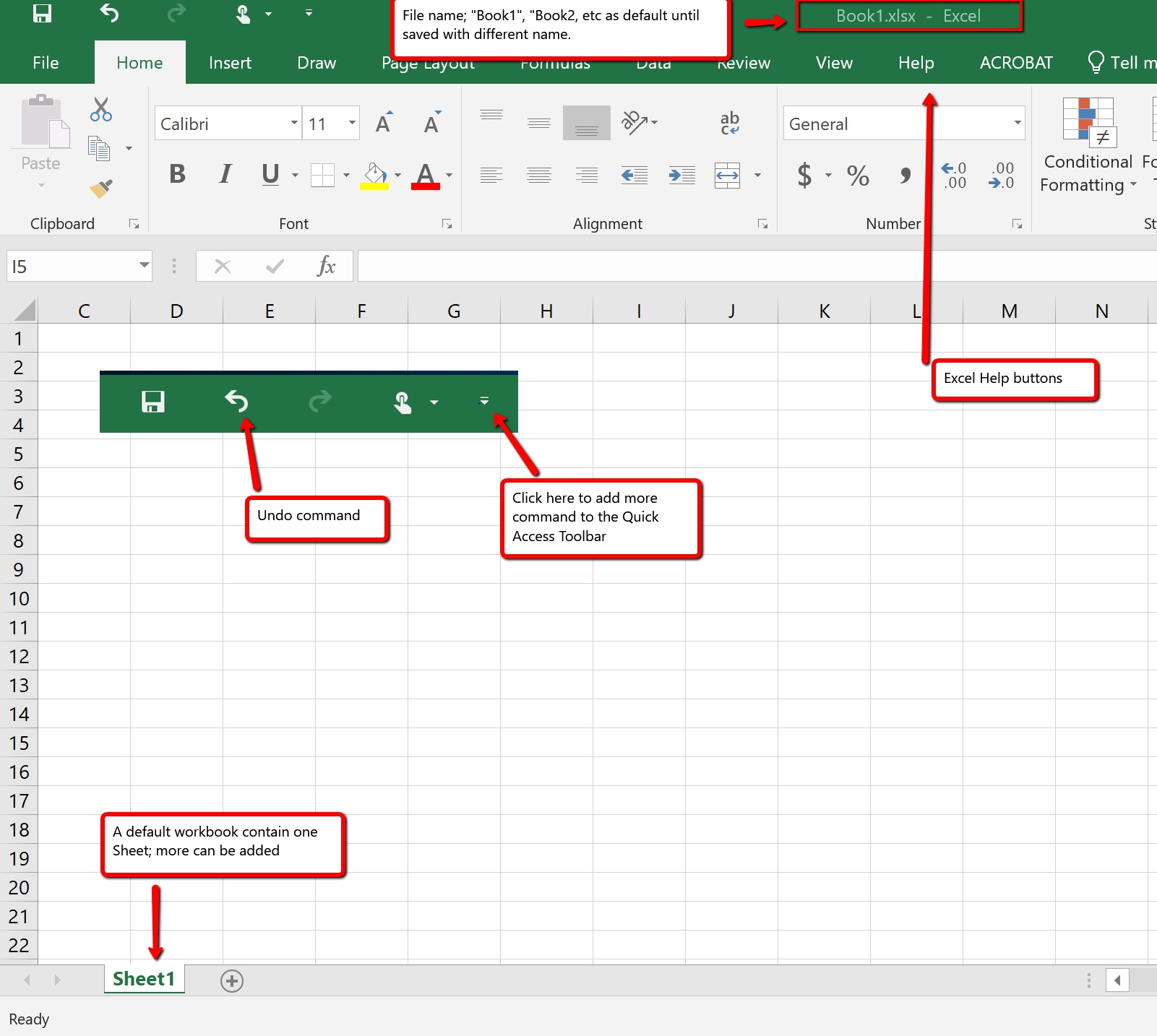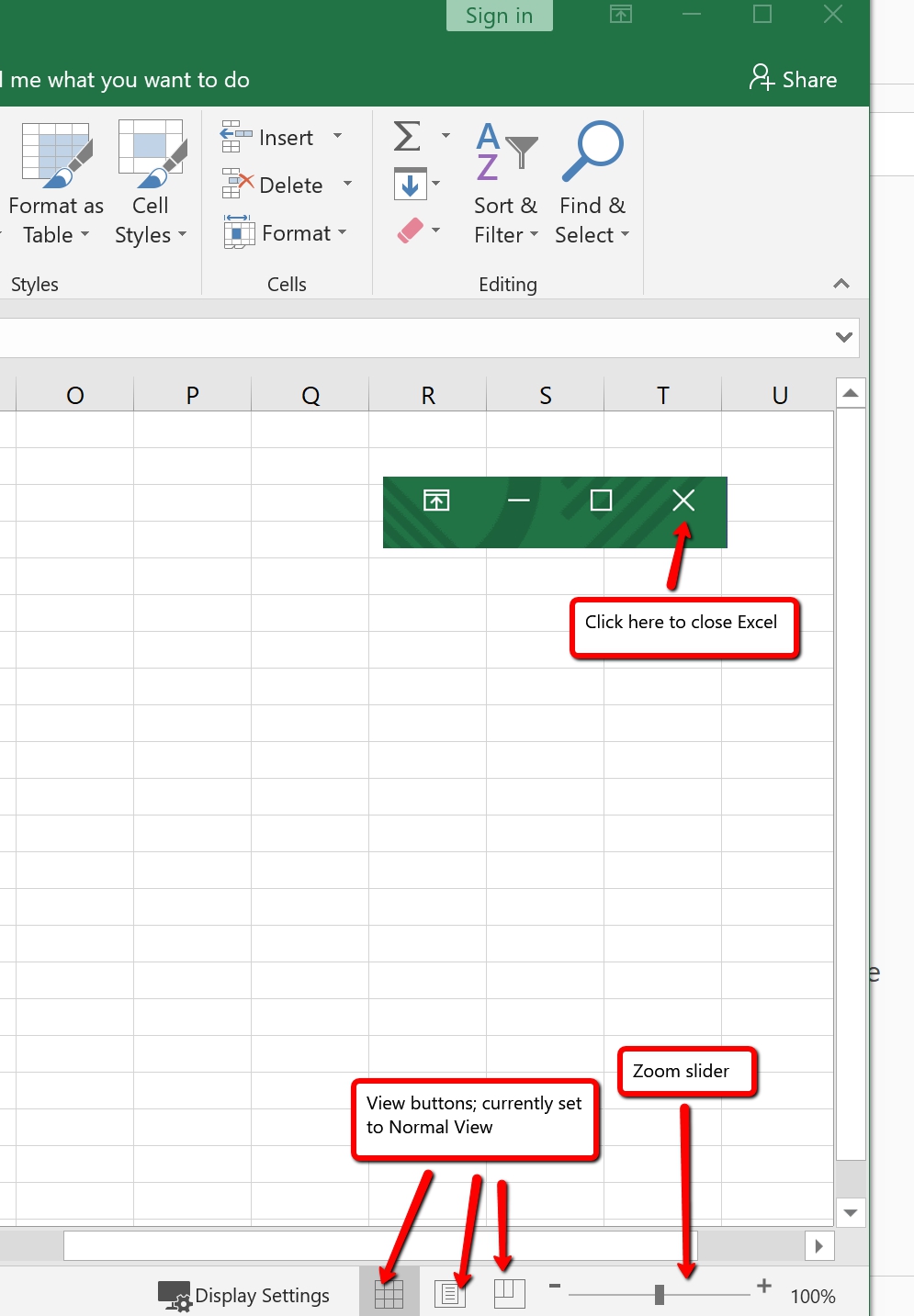Beginning Excel 2019
Noreen Brown, Barbara Lave, Hallie Puncochar, Julie Romey, Mary Schatz, Art Schneider, and Diane Shingledecker
Open Oregon Educational Resources
Beginning Excel 2019 by Noreen Brown, Barbara Lave, Hallie Puncochar, Julie Romey, Mary Schatz, Art Schneider, and Diane Shingledecker is licensed under a Creative Commons Attribution 4.0 International License, except where otherwise noted.
This work is licensed under the Creative Commons Attribution 4.0 International License. To view a copy of this license, visit http://creativecommons.org/licenses/by/4.0/.
Contents
Introduction
This core Microsoft Excel text provides students with the skills needed to execute many personal and professional activities. It also prepares them to go on to more advanced skills using the Excel software. The text takes the approach of making decisions using Excel. Personal decisions introduced include important purchases, such as homes and automobiles, savings for retirement, and personal budgets. Professional decisions include budgets for managing expenses, merchandise items to mark down or discontinue, and inventory management. Students are given clear, easy-to-follow instructions for each skill presented and are also provided with opportunities to learn additional skills related to the personal or professional objectives presented. For example, students learn the key terms with respect to home mortgages and understand the impact interest rates have on monthly mortgage payments. This text also places an emphasis on what-if scenarios so students gain an appreciation for the computational power of the Excel application. In addition, students learn how Excel is used with Microsoft Word and Microsoft PowerPoint to accomplish a variety of personal and professional objectives.
Screenshots that appeared in How to Use Microsoft Excel: The Careers in Practice Series, adapted by The Saylor Foundation, were used with permission from Microsoft Corporation, which owns their copyright. How to Use Microsoft Excel: The Careers in Practice Series is an independent publication and is not affiliated with, nor has it been authorized, sponsored, or otherwise approved by Microsoft Corporation. Our adapted work uses all Microsoft Excel screenshots under fair use. If you plan to redistribute our book, please consider whether your use is also fair use.
Attribution
Adapted from How to Use Microsoft Excel: The Careers in Practice Series, adapted by The Saylor Foundation without attribution as requested by the works original creator or licensee, and licensed under CC BY-NC-SA 3.0.
Chapter 1 Fundamental Skills
Microsoft Excel is a tool that can be used in virtually all careers and is valuable in both professional and personal settings. Whether you need to keep track of medications in inventory for a hospital or create a financial plan for your retirement, Excel enables you to do these activities efficiently and accurately. This chapter introduces the fundamental skills necessary to get you started in using Excel. You will find that just a few skills can make you very productive in a short period of time.
Attribution
Adapted from How to Use Microsoft Excel: The Careers in Practice Series, adapted by The Saylor Foundation without attribution as requested by the works original creator or licensee, and licensed under CC BY-NC-SA 3.0.
1.1 Overview of Microsoft Excel
Learning Objectives
Examine the value of using Excel to make decisions.
Learn how to start Excel.
Become familiar with the Excel workbook.
Understand how to navigate worksheets.
Examine the Excel Ribbon.
Examine the right-click menu options.
Learn how to save workbooks.
Examine the Status Bar.
Become familiar with the features in the Excel Help window.
Microsoft Office contains a variety of tools that help people accomplish many personal and professional objectives. Microsoft Excel is perhaps the most versatile and widely used of all the Office applications. No matter which career path you choose, you will likely need to use Excel to accomplish your professional objectives, some of which may occur daily. This chapter provides an overview of the Excel application along with an orientation for accessing the commands and features of an Excel workbook.
Making Decisions with Excel
Taking a very simple view, Excel is a tool that allows you to enter quantitative data into an electronic spreadsheet to apply one or many mathematical computations. These computations ultimately convert that quantitative data into information. The information produced in Excel can be used to make decisions in both professional and personal contexts. For example, employees can use Excel to determine how much inventory to buy for a clothing retailer, how much medication to administer to a patient, or how much money to spend to stay within a budget. With respect to personal decisions, you can use Excel to determine how much money you can spend on a house, how much you can spend on car lease payments, or how much you need to save to reach your retirement goals. We will demonstrate how you can use Excel to make these decisions and many more throughout this text.
Figure 1.1 shows a completed Excel worksheet that will be constructed in this chapter. The information shown in this worksheet contains sales data for a hypothetical merchandise retail company. The worksheet data can help a retailer analyze the business and determine the number of salespeople needed for each month for example.
Figure 1.1 Example of an Excel Worksheet
Starting Excel
- Locate Excel on your computer.
- Click Microsoft Excel to launch the Excel application where you are presented with workbook options to help get you started.
- Click the first option; Blank Workbook.
Excel for Windows vs Excel for Mac
The Excel for Windows and Excel for Mac software versions are very similar. Most of the features, tools and commands are available in both versions. There are, however, some differences with the Excel interface. There are also a few features that are not available in the Excel for Mac version. The screenshots and step-by-step instructions in this textbook are specific to Excel for Windows. We have attempted to provide alternate screenshots and instructions for the Mac version when the differences are significant. When you see this icon

, it means we are providing information specific to Mac users.
The Excel Workbook
A workbook is an Excel file that contains one or more worksheets (referred to as spreadsheets). Excel will assign a file name to the workbook, such as Book1 , Book2 , Book3 , and so on, depending on how many new workbooks are opened. Figure 1.2 shows a blank workbook after starting Excel. Take some time to familiarize yourself with this screen. Your screen may be slightly different based on the version youre using.
Figure 1.2 Blank Workbook


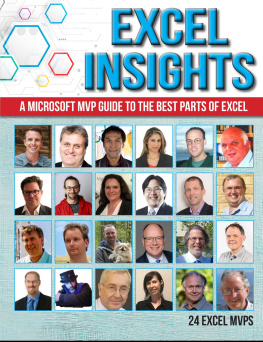
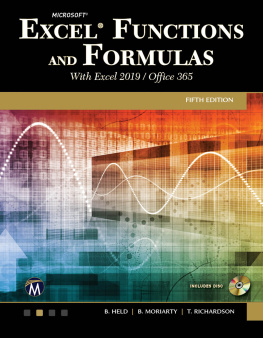
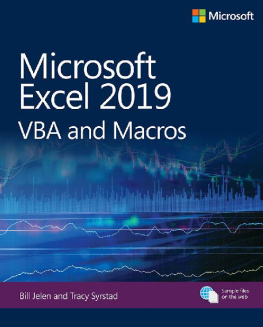
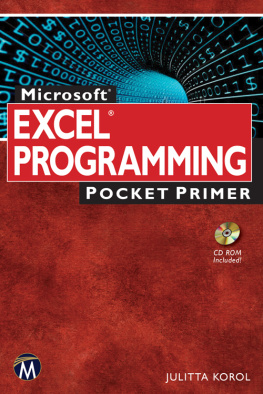
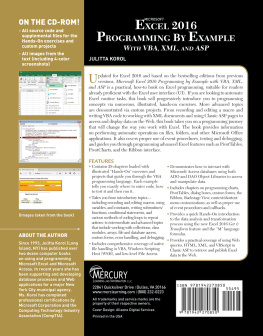
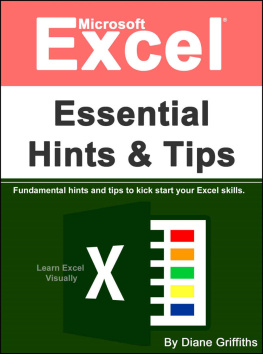


 , it means we are providing information specific to Mac users.
, it means we are providing information specific to Mac users.